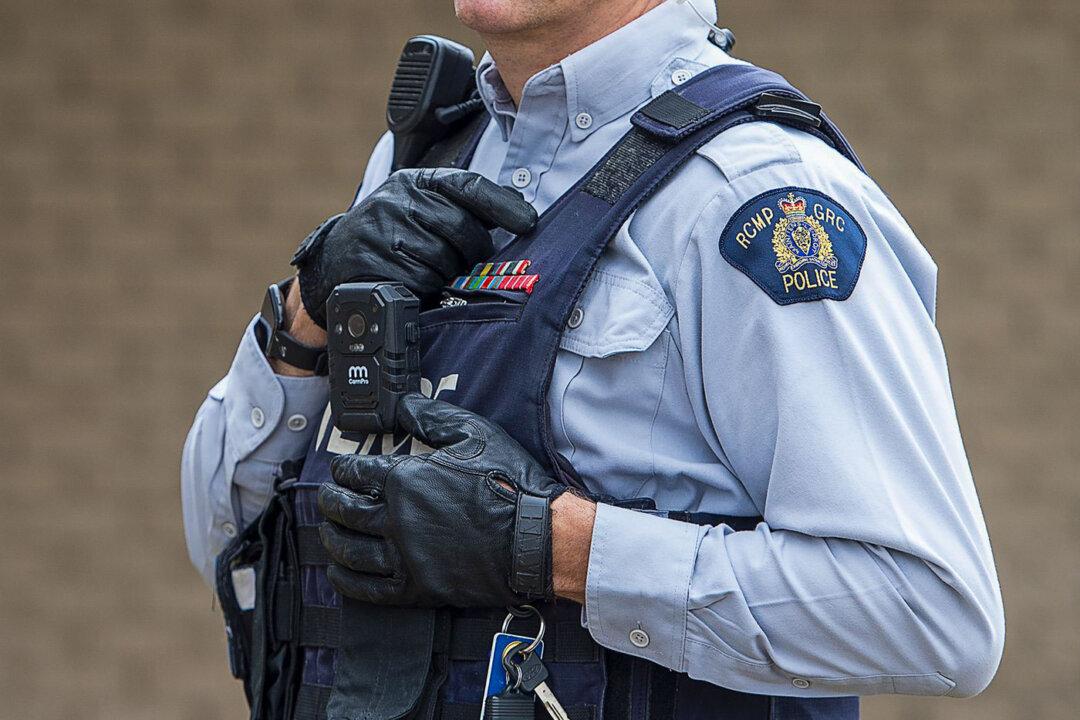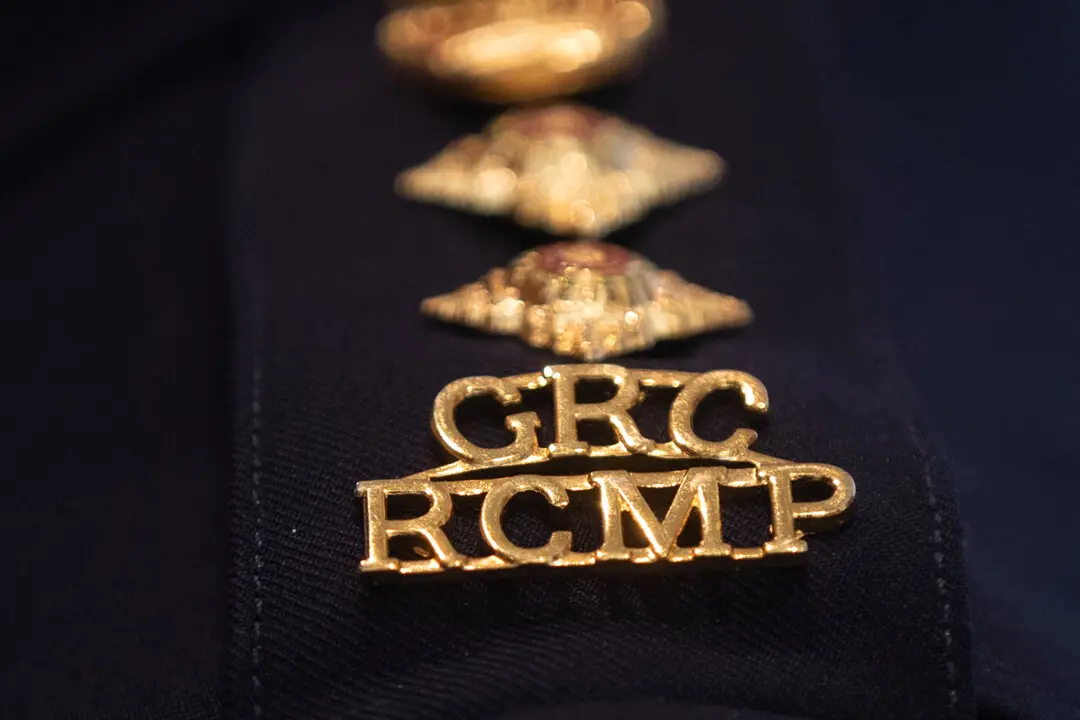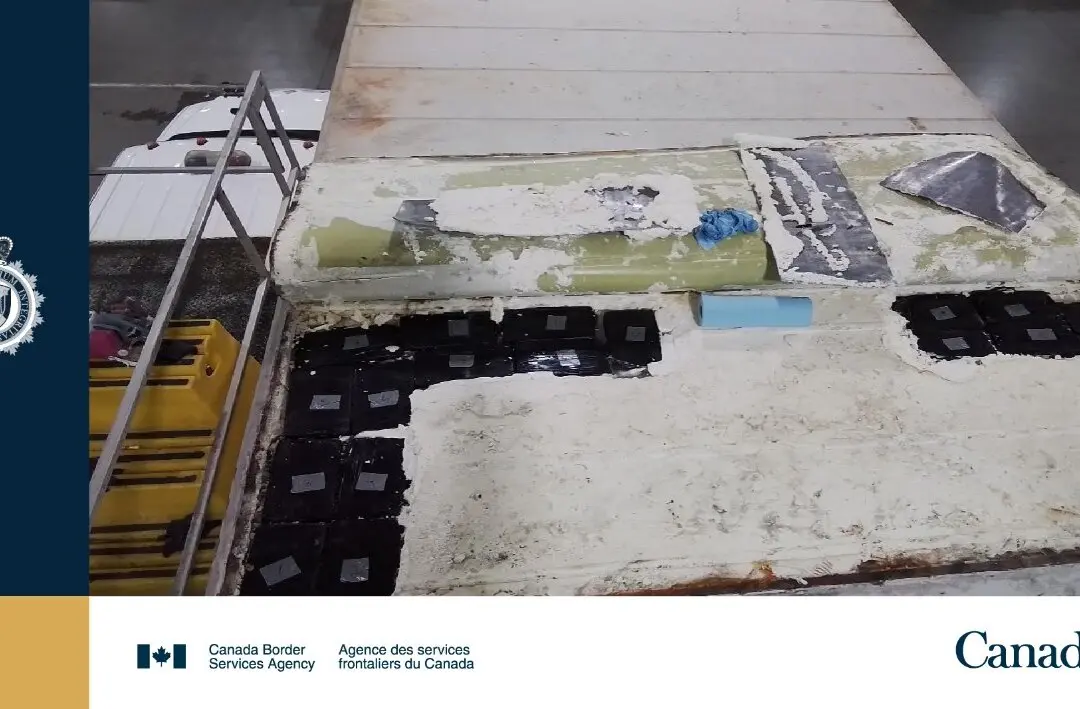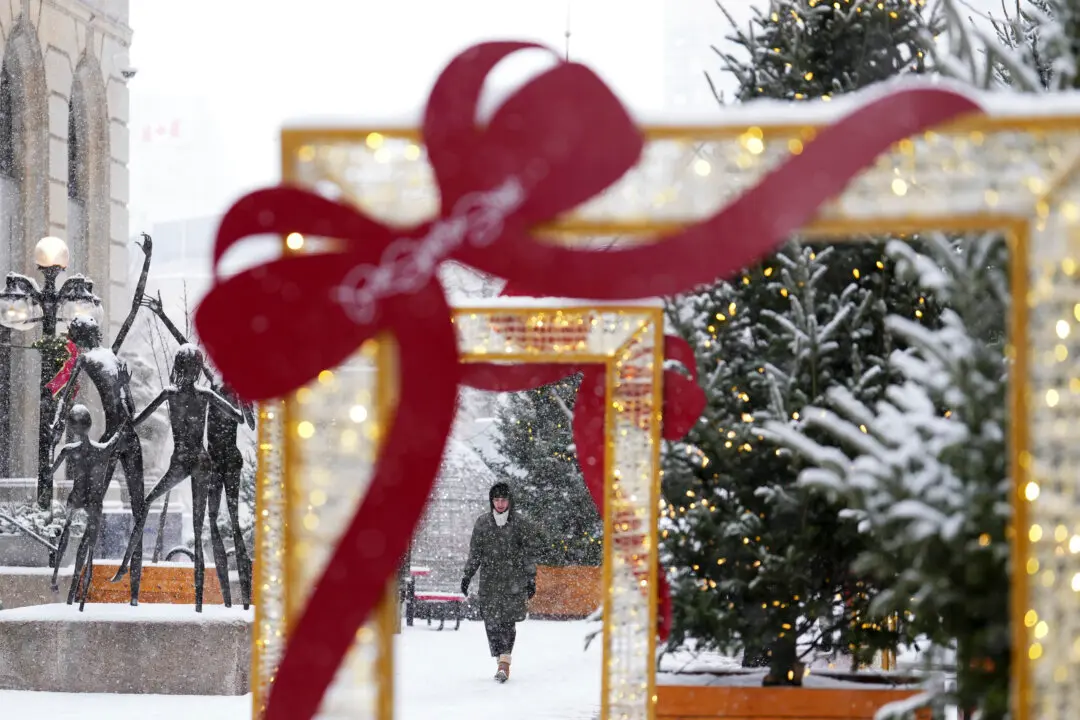Thousands of frontline RCMP officers will start their shifts Nov. 18 outfitted with body-worn cameras, as the first phase of the federal police force program rolls out across Canada.
General duty police officers at designated detachments will begin wearing body-worn cameras as part of the RCMP’s modernization plan—a bid to improve evidence gathering while also increasing transparency to the public, the federal police service said in a Nov. 1 release.





